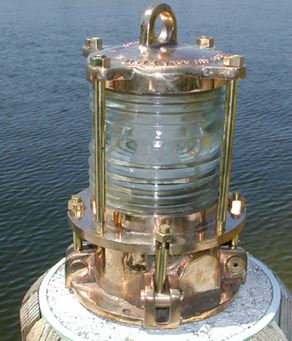
When thinking about the flow, ambience and atmosphere in your home, lighting can be one of the most fundamental elements. Brighter lights can make you feel alert and awake, whereas dimmer, softer lights can be relaxing and sleep-inducing.
Here are some tips on how to use lighting effectively to make your home feel bigger and warmer.
If you’re starting from scratch or redecorating a room, create a mini brief or lighting plan that tackles the essentials. Think about what activities take place in each room (eating, relaxing, working), key features of a room you want to highlight and what architectural boundaries you may need to take into account. Consider style, scale, output and even color temperature of lights before you go rushing into design decisions. Early planning makes for less headaches and rushed last minute decisions.
Take a layered approach to lighting with different light sources across different levels to create ambience and interest in a room. Use lighting to make the most of a room’s size and shape: uplighting makes a room feel larger, low hung pendants will create an illusion of height and clusters of lighting make large rooms seem more cosy. We love these brass dock lights as a way of bringing a nautical feel to any space, for instance.
Consider what tasks you may be undertaking in each room where lighting can affect or aid you. Cooking requires more concentrated lighting, therefore a combination of bright downlights and recess lighting, in cabinets and above stove tops, is useful. For reading, flexible and directional lighting aimed away from you is better. Powder rooms require a combination of sidelights and downlights. Dimmers will quickly become your new best friend, providing an energy efficient and effective way to quickly change the atmosphere and warmth of a room.
The bulbs you choose should be more than an afterthought, racing through the supermarket when you realize they’ve blown. You should consider the following:
How bright do you need your space (watts)
What atmosphere are you trying to achieve (color temperature, e.g. lower temp is more similar to candlelight, while higher temps are more akin to a blue sky outside)
Should energy efficiency be considered (for more frequently used lights)
Are you trying to make a design or focal statement (with scale, shape or colors)?
Use lighting to subtly (or not so subtly) focus on a feature wall, architectural element or key possession (like your mahogany leather sofa or winged armchair). Wall mounted lights symmetrically arranged on either side of a statement mirror above the mantelpiece of a fireplace will add warmth, sophistication and elegance to a room.
Spotlights work well pointed at the center of a dining table to draw people in.
Midnight bathroom breaks are made worse with harsh lighting that causes temporary blindness upon flicking a switch. Invest in directional floor level lighting in hallways, staircases and the bathroom to create subtle warmth and a guide.
Keep theme, color schemes and material finishes consistent throughout the home, especially when it comes to lighting. Too many different styles in a sordid array throughout the home can be confusing on the eye and will cause uneasiness. Neutral, lighter tones will open up a space and make it appear larger, statement pops of color (e.g. through lampshades) will add interest, while darker hues add a touch of luxury and comfort. Keep it simple and consistent.


